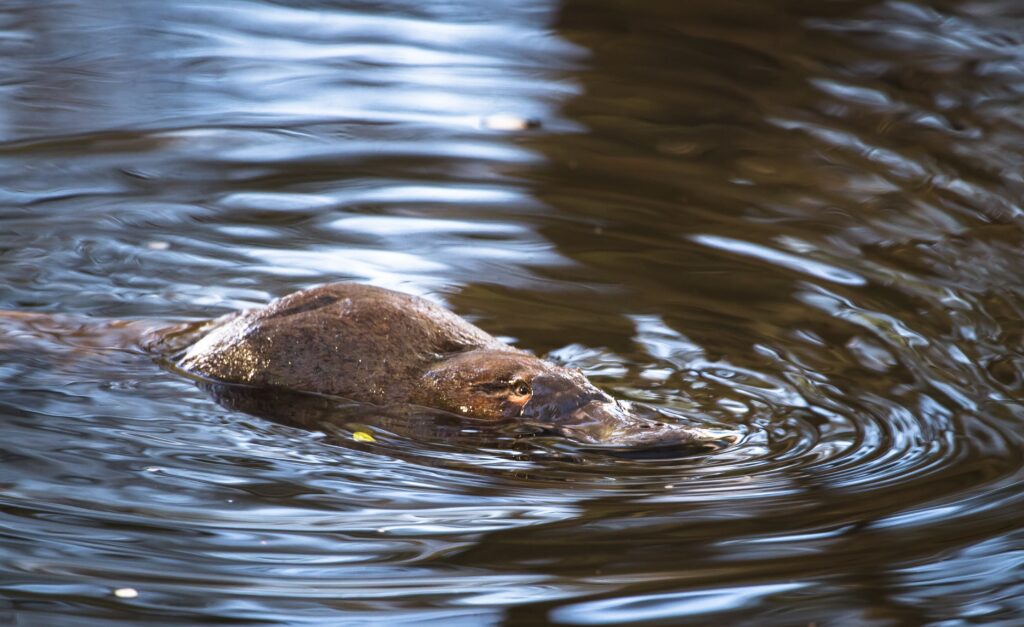A Surprise Platypus
Europe was introduced to Australia’s duckbill platypus in 1798. Because of the difficulties of travel in those days, scientists didn’t send a live platypus from Australia to the British Museum in London. They sent only a platypus skin. Scientists in London looked at the duck bill, the beaver tail and the webbed feet of this egg laying mammal and immediately denounced the creature as a hoax.

Two hundred years later, the duckbill platypus continues to amaze scientists. Recently researchers discovered a surprising new ability the platypus uses to find food. It seems that the nerves in the platypus’s skin, which relay the sense of touch, are also able to sense electricity. Every time we or any living creature use a muscle, a tiny electric current is generated. When the shrimp that the platypus eats flick their tails, they generate about 200 millionths to 1,000 millionths of a volt of electricity. That small amount of voltage is enough to enable the platypus to sense and locate lunch.
Modern biological research has also shown another mystery about the platypus. (At least it’s a mystery for evolutionists.) While the platypus is classified as a mammal, it is genetically as different from all other mammals as mammals are from birds. Nor is the platypus genetically like the bird. This leaves the platypus with absolutely no evolutionary history, almost as if it had simply popped into existence.
And that’s what the Bible says happened when God created the heavens and the Earth and everything in them during creation week!
Genesis 1:31
“And God saw every thing that he had made, and, behold, [it was] very good. And the evening and the morning were the sixth day.”
Prayer: Father, Your wisdom is so far above even the wisest men that when we rely on our own understanding of even the simplest things, we are easily lost in confusion. This is yet another reason I thank You for the revelation of Your truth, love and wisdom in Holy Scripture. In Jesus’ Name. Amen.
Photo: Duck billed platypus, Envato.